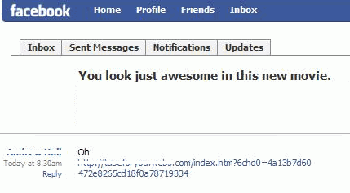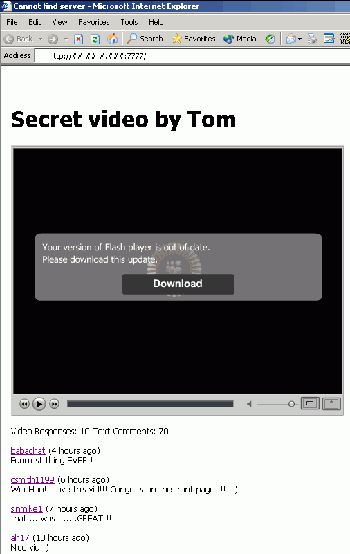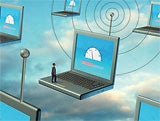One hour after Google did a public launch of Google Friend Connect, Facebook launched Facebook Connect. The simultaneous launch is not a coincidence -- the two competing services are battling for mindshare as they strive to be the frontrunners in data portability.

The companies want users to be able to use their Google and Facebook logins to enter third-party sites. It benefits users and third-party sites and allows Facebook and Google to collect more information about what users are doing online.

There are some key differences between the services. Google's service uses OpenSocial. This means sites using Google Friend Connect can use OpenSocial's open-source applications, such as message boards and ratings gadgets. Google also lets users sign in with their Yahoo!, AOL and MSN usernames.
It's also easier for site owners to use. Google requires adding a few "snippets of code to your site," Stan Schroeder at Mashable reported. However, "adding Facebook Connect apps is a much more convoluted process," he said.
However, Facebook has an advantage in terms of partnering with large third-party services. Facebook Connect is already working with Digg, StumbleUpon and Loopt. Google Friend Connect's partners seem to be smaller sites run by individuals, such as Billboard for the People and Qloud.
It's too early to say how either service will fare, but the Internet is already buzzing with early feedback from site owners.
Loopt, a company with a social-mapping service that lets mobile phone users see whether their friends are in close proximity to them, was one of Facebook Connect's first partners. Evan Tana, the Director of Product Management & Marketing of Loopt, is optimistic about the service.
"Working with Facebook Connect widens the circle of friends Loopt users can interact with, combining the power of Loopt's social-mapping service with an established network of Facebook friends," he said in a press release. "Loopt users will be able to receive an alert whenever Facebook friends are nearby, discover restaurants and bars recommended by their Facebook friends, and integrate their location into their Facebook feed," he added.
Google Friend Connect has also garnered some positive feedback.
Hyperact Design Group is using Google Friend Connect to attract more users to one of its sites - Billboard for the People. The group is trying to raise US$25,000 to create a large billboard in Manhattan to congratulate President-elect Barack Obama.
Danny Peraza, one of the creative directors of Hyperact Design Group, told The Industry Standard that more than 1,000 users signed up for the site through Friend Connect within a few days. He added that hundreds of users have invited their friends to visit Billboard for the People through Google Friend Connect, and that the service has also enabled users to easily add comments to the site.
"There are a few other things I'd like to see," he said. "Like now we've got all these users, and I'd like to have a way to message them, and have a way for them to message each other."Orli Yakuel, who uses Google Friend Connect on her site GO2WEB20.net would also like to see messaging.
Peraza is hopeful that those additions will come soon. Meanwhile he is happy with what he has.
"It's a step in a right direction," he said. "It means we don't have to set up an online group elsewhere."
source:pcworld.com
Read More!



















